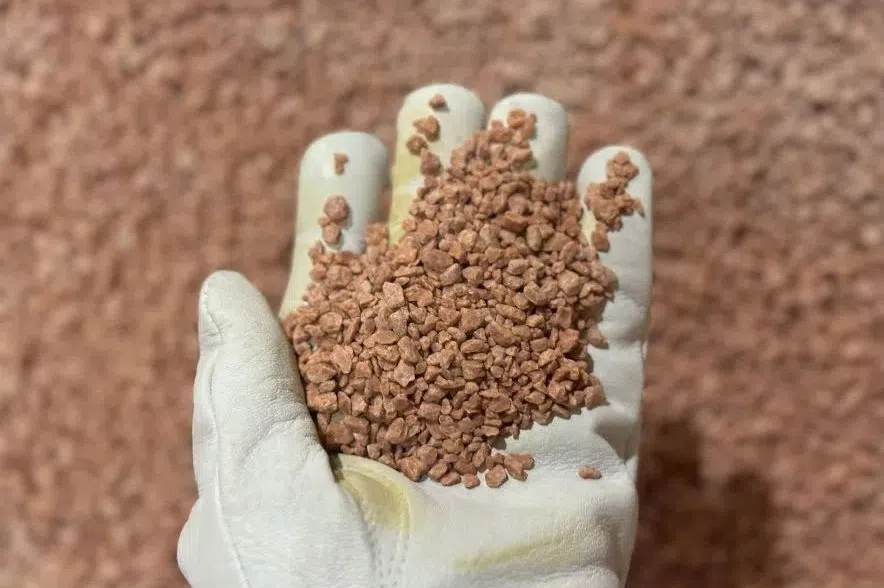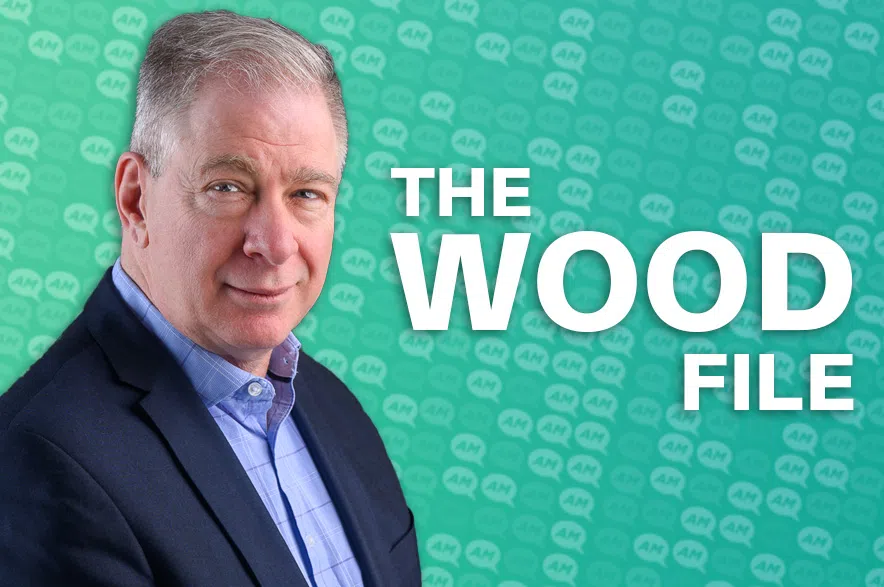Last week, Nutrien announced it would build a USD $1-billion potash export terminal in Longview, Washington, rather than Canada.
According to a statement from Nutrien, it roughly assessed 30 criteria across both Canada and U.S. ports.
“Port of Longview best met the technical and commercial requirements. It is designed to complement our existing Canadian port capacity and to support long-term production growth in Saskatchewan,” Nutrien said.
Read more:
- More hiccups for BHP’s Jansen Potash Mine Project
- Nutrien’s decision to build U.S. export terminal made to meet potash demand
- ‘A fantastic life’: Reflections from a second-generation Allan Potash miner
The purpose of the terminal is to reach the global demand for Saskatchewan-made potash.
Plans for the build are still in its early stages, according to Nutrien, saying a final price tag hasn’t been reached, but that projects of this nature typically require USD $500 million to $1 billion.
“A final investment decision is expected in 2027, with construction to follow,” it said.
Nutrien said potash will continue to be produced in Saskatchewan, calling it the “backbone of our business.”
“This project strengthens the competitiveness of that production by ensuring it can reach global markets reliably and efficiently over the long term,” it said.
Government supports Nutrien’s business venture down south
Warren Kaeding, Minister of Trade and Export Development, said the potash industry is taking off and moves like this from Nutrien are how they’re responding to that growth.
While he’s happy the potash industry is preparing for a “next level of takeoff,” he said it’s unfortunate that Nutrien decided to build outside of Canada.
“Any investment in Canada is something that this government supports, but this is a business decision that they’ve made, that they’ve taken based on their business requirements,” Kaeding said.
He said the government supports their decision.
“Whether it’s going east, west, north or south, we need to ensure that we continue to see a significant investment and encouragement by our federal government in supporting all of those opportunities to get products to market,” Kaeding said.
Nutrien said it did look at other terminal ports around Canada and the U.S.
But Kaeding said the province has concerns with port capacity.
“I think it’s no secret that we’ve had some concerns with the NDP B.C. government’s position on really not supporting development on their on their ports,” he said.
— with files from 980 CJME’s Lisa Schick











